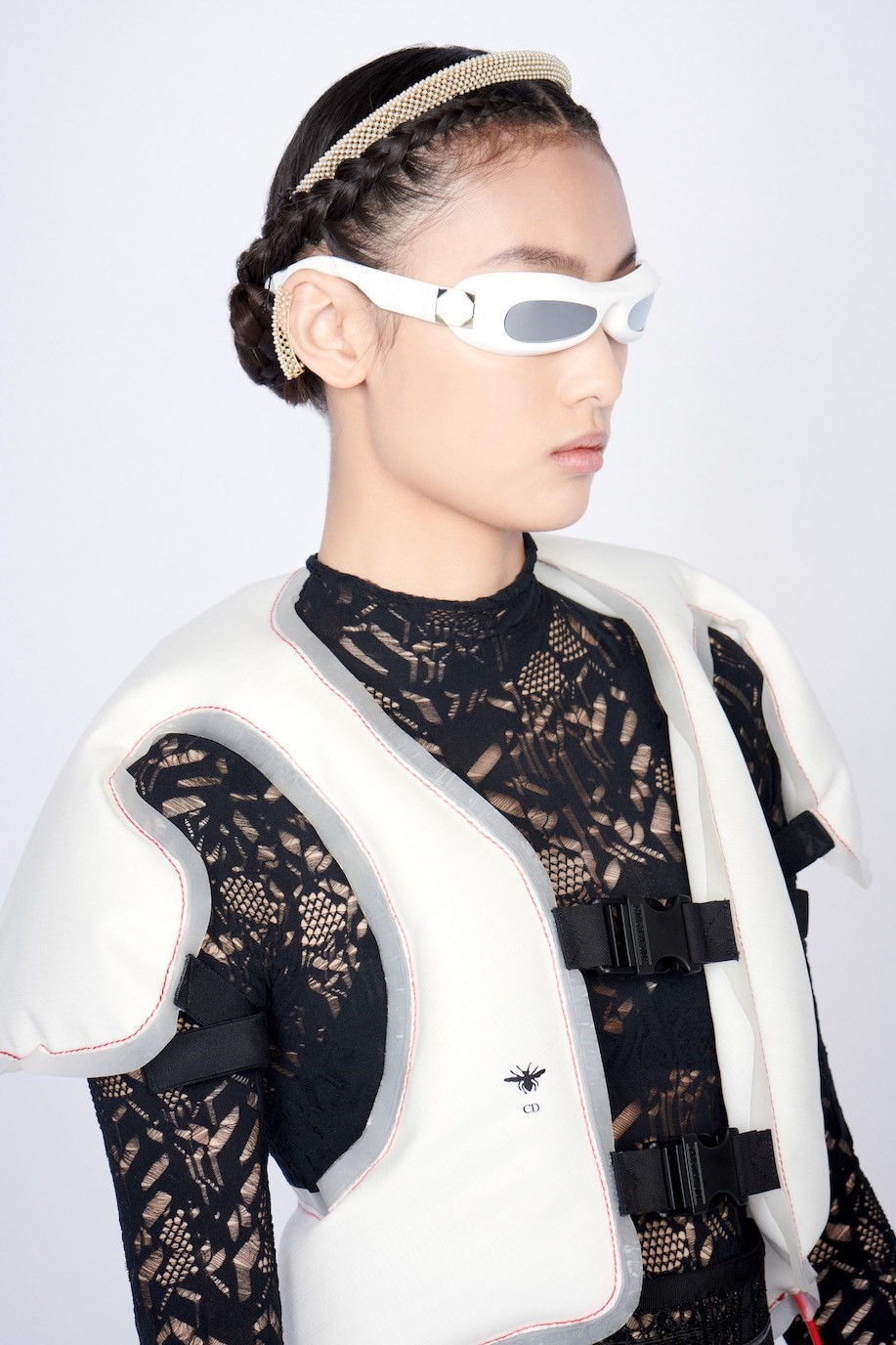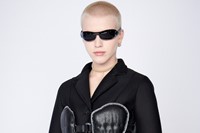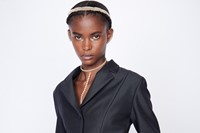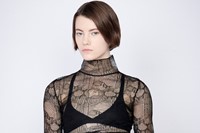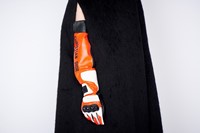Christian Dior’s debut collection may have been dubbed ‘The New Look’ by an enthused press, but Dior was an unabashed nostalgist. Indeed, he encountered trouble when he began creating his collections because the techniques needed to create had been all but lost. “My return to long-forgotten techniques aroused a host of difficulties, for of course none of my staff had any experience of them,” Dior himself wrote in his autobiography, citing the lining of his skirts with cambric and taffeta to give them body, the building of his dresses like buildings. Fashion often does this – while art and architecture, following the Second World War, thrust forward into modernity, fashion looked back and remembered easier, more comforting times.
Yet in her Autumn/Winter 2022 collection for Dior, Maria Grazia Chiuri looks ceaselessly forward. And it wasn’t just some kind of techno, mech-y Tron reenactment, but a genuine engagement with technology and fashion. It also wasn’t so much about looking new – the clothes had familiar forms, tracing shapes reminiscent of Christian Dior’s work, a return of the 1947 Bar jacket, wide plissé skirts, fluid evening gowns – but about being new. Chiuri collaborated with the Italian start-up D-Air lab, who design and create technically innovative clothing with personal protection built in. Their clothes can make emergency calls in case of mishaps or falls; others inflate with ‘personal airbags’ to protect from impact, for instance if falling from a motorcycle. Clothes for runners at night have LED lights integrated in cape of low visibility. And their Antarctica suit is engineered to regulate the body’s temperature through electronics embedded in the fabric of the garment itself. These are simplistic explanations – but the company’s work is fascinating.
Chiuri evidently found it compelling. She worked to fuse their new technologies with Dior’s New Look in a collection with a genuine eye on the future. The Next Era was the title of the backdrop to the show, an art installation by Mariella Bettineschi where images of women drawn from painting between the 16th and 19th centuries – I was sat opposite a redux of the famous nipple-tweaking portrait of Gabrielle d’Estrées and One of Her Sisters (c. 1594) are reworked, sliced apart, their eyes multiplied. They hold the gaze – intriguing viewers and inverting traditions of the male gaze. Here, it is the gaze of the supposedly static female figures that seems animated, and that grabs attention.
If that was a window on the next era of art, the next era of clothes comprised pieces engineered to react to the wants and needs of our bodies. The Bar jacket, back in 1947, was stiff and unyielding with padded peplums and corseted waist. It was a move, Dior said, from women who looked like soldiers to soft feminine unity, yet it was ironically rigid, like silk tussore armour. Chiuri has previously made her Bar jackets supple and elastic, malleable and real: the Bar jackets of tomorrow regulate humidity, warming the body. Chiuri dubbed it “the utopia of a ‘smart’ wardrobe” – and they were accompanied by belts with pockets, knitwear in technical yarns, waterproofed materials. Practicality – yet equally part of that intelligence was in the aesthetic design, the feminine hand-span waists, sometimes cinched, the billowing chiné rose-patterned evening dresses, the flowing chiffons. Those served a function also – to look beautiful. Pure and simple.
